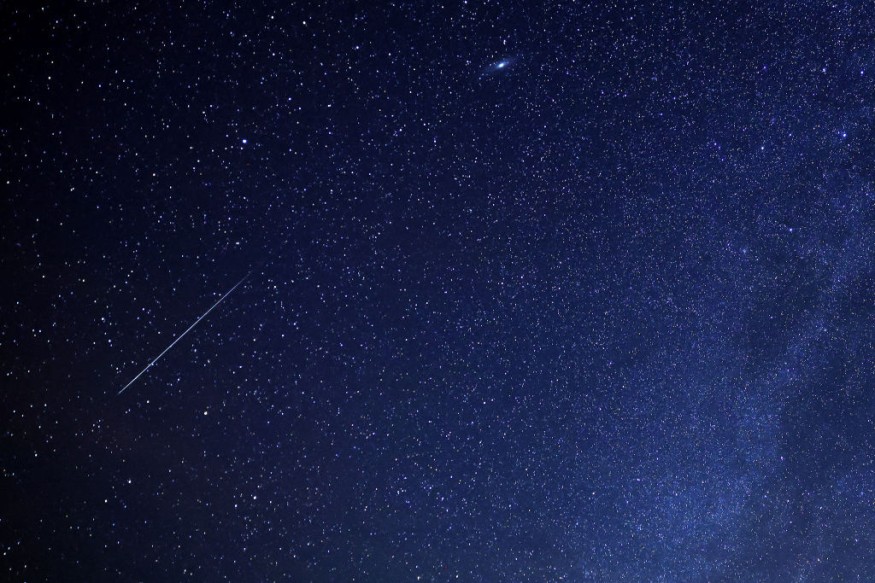
A dazzling celestial display is set to grace the skies on Election Day as the Taurid meteor shower reaches its peak.
Known for producing bright fireballs and spectacular "shooting stars," the Taurids promise a show visible across much of the Earth, with optimal viewing conditions expected on the nights of Nov. 11 and 12.
Earth to Pass Through Encke's Comet Debris
Stargazers might catch up to five meteors per hour, with the potential for even more as Earth travels through the wide debris field left by Encke's comet, according to astronomers.
The Taurid meteor shower is split into two branches-Northern and Southern Taurids-that come from the same cometary debris stream. Earth passes through this stream from October to early December, resulting in weeks of slow-moving meteors that are often larger and brighter than typical shooting stars.
The American Meteorological Society notes that the Taurids don't produce high meteor counts, but what they lack in frequency, they make up for in brilliant fireballs.
Meteor showers occur when Earth crosses paths with debris trails left by comets. The small rocks and dust, called meteoroids, enter Earth's atmosphere at high speed and burn up, creating fiery streaks across the sky, according to NASA.
Encke's comet, thought to be a fragment of a larger comet that broke apart tens of thousands of years ago, sheds this debris during each close approach to the sun. With one of the shortest orbits, taking only 3.3 years to complete, Encke's regular returns add fresh material to the Taurid stream.
Tips for Watching the Taurids Meteor Shower
To catch the Taurids, the best time to look is after midnight and before dawn. Stargazers should find a dark location away from city lights, as the meteors will radiate from the Taurus constellation.
The constellation, located near Orion, can be spotted by finding the bright star Aldebaran and the Pleiades star cluster. Equipment such as binoculars isn't necessary, though a comfortable chair and warm layers are recommended, as waiting for meteor sightings can take some time.
While most of the Taurids burn up in Earth's atmosphere, creating visible meteors, any pieces that survive the fiery descent to land on Earth are known as meteorites. Skywatchers have a chance to enjoy a memorable show of nature's fireworks on Election Day, with bright fireballs potentially lighting up the night as they streak across the sky.
© 2025 ScienceTimes.com All rights reserved. Do not reproduce without permission. The window to the world of Science Times.












